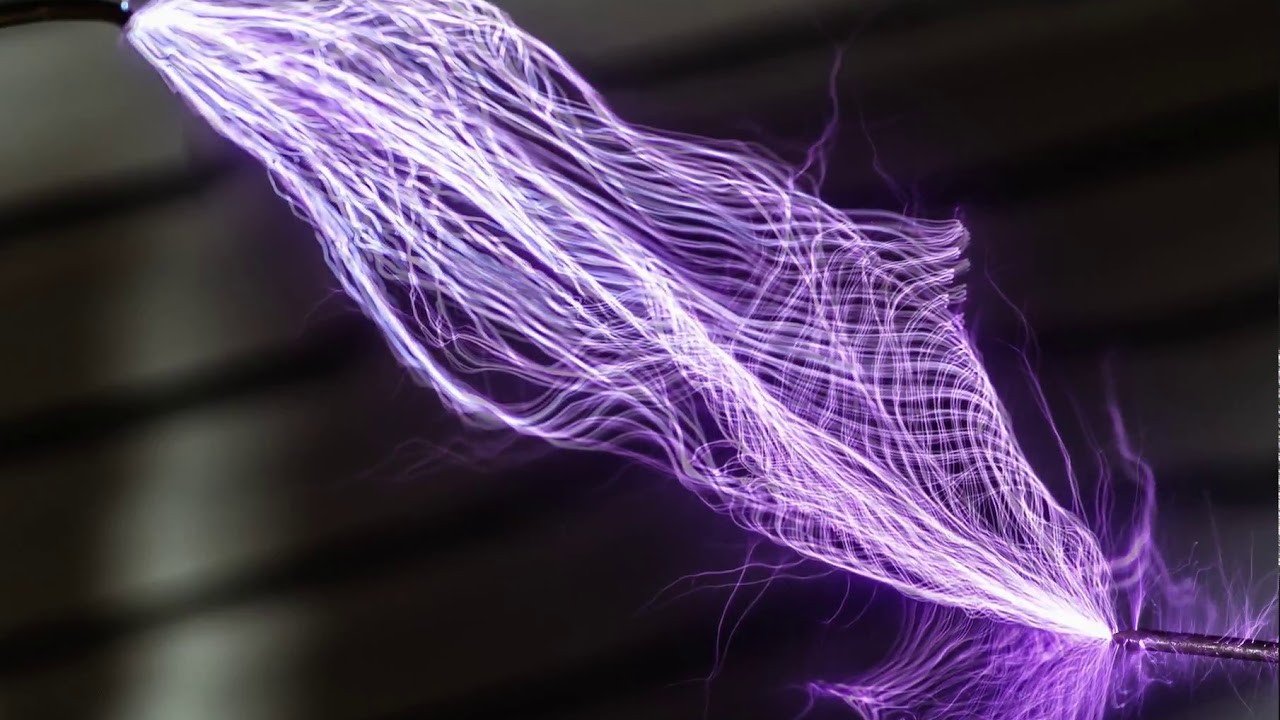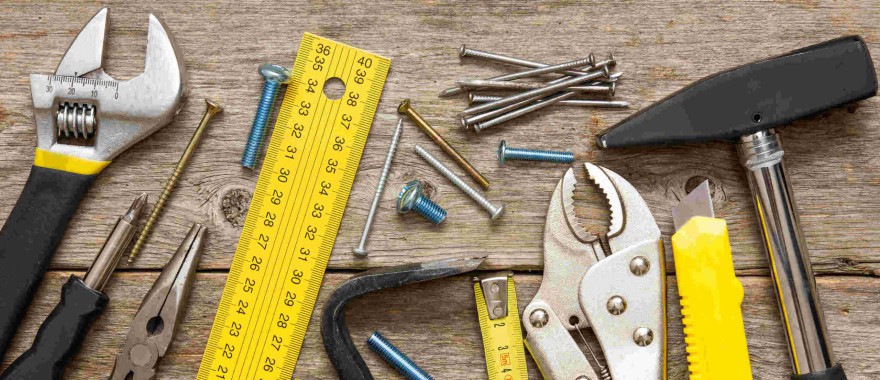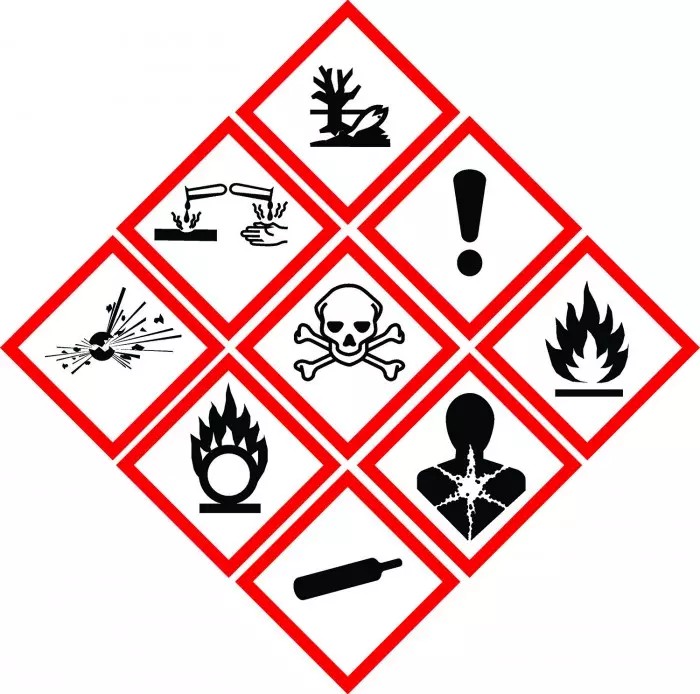- Position:
- 2nd engineer
Main hazards on sea tankers

The modern world cannot be imagined without oil and petroleum products, while most of them in the world are transported using specialized liquid vessels called tankers.
Globally, all tankers are divided into two categories:
- Oil tankers for crude oil
These are the largest of the tankers, classified as VLCC and ULCC, with a displacement of 160 thousand tons or more. Such vessels are designed exclusively for the transportation of oil and ply routes between the largest fields and ports located in close proximity to oil refineries.
- Product tankers.
These are much smaller vessels designed to transport various types of petroleum products (gasoline, fuel oil, diesel fuel, gas oil, and so on). Their carrying capacity rarely exceeds 35–40 thousand tons.
Taking into account the fact that most liquefied cargoes pose a danger to humans, safety requirements on sea tankers are much stricter than on dry cargo ships. First of all, this concerns fire safety. The level of training of crew members to act in an emergency must be very high.
For this purpose, there are separate training courses on tanker safety, which are mandatory for all sailors of the tanker fleet to complete at certain intervals. Needless to say, the health and life of the person on board depends on compliance with these requirements and vigilance.
Working on tankers involves a large number of dangers, the main of which are:
Fire safety

- Cargo
Oil and petroleum products are classified as flammable goods; even oil emits a certain amount of vapors that are prone to rapid combustion. The mixtures formed in this case contain no more than 10% hydrocarbons, the rest of the volume is air.
- Smoking
This point follows from the previous one. Smoking on oil tankers must only take place in designated areas, and some shipping companies prohibit smoking on board altogether. In the history of the merchant fleet, there were cases when it was a cigarette that caused a fire on board.
Static electricity

- Static electricity in tanks
Grounding is designed to combat static electricity, but it may be disconnected or faulty. If in such a situation a metal object gets inside the tank, a spark and subsequent explosion cannot be avoided, so checking the grounding before starting any work is a mandatory safety measure.
- Steam
During operation, it is prohibited to inject hot steam into pipelines through which petroleum products were transferred. Molecules of vapor moving at high speed tend to charge, forming a charged mist.
- Carbon dioxide
Standard CO2 fire extinguishing systems on tankers inject large volumes of CO2, but as it cools, it can transform into a solid state while simultaneously charging with electrostatic voltage.
Personal equipment and tools

Some sailors prefer to carry the tools they are used to with them on board the ship. These include lanterns. At the same time, on tankers it is allowed to work only with lamps that have EEX approval and confirmed safety of operation in an explosive environment.
- Cell phones
The use of phones, cameras and other electronics capable of causing a minimal spark is prohibited on the deck of tankers. They can cause an explosion and fire.
- Work tool
The use of power tools on tankers must be approached responsibly. It is allowed to work only with tools that have a spark-proof design.
- Hand tool
Working with hand-held metal tools involves the possibility of generating sparks when they come into contact with other metal products or surfaces, so their use is permitted only in safe places where a spark will not lead to a fire or explosion.
In turn, an instrument made of soft non-ferrous metals classified as non-sparking requires attention. First of all, this concerns inclusions of steel on the working surface, which during operation can cause a spark.
- Aluminum
It’s curious, but aluminum is one of the rather dangerous metals; in case of contact with iron oxides (rust), the temperature of the metal increases), so in an explosive environment it is recommended to discard any objects made of this metal.
Aluminum paints. Such paints and varnishes, when in contact with rust or active friction, increase their own temperature, so they are not used on oil tankers.
- Anodized surfaces
To prevent corrosion of cargo tanks, anodes are placed in them. If it falls on a metal surface or hits the wall of a tank, a spark may occur with all the ensuing consequences in an explosive environment filled with volatile hydrocarbon gases.
Hazardous substances

- Inert gases
They are the main means of ensuring safety on tankers.In particular, they are used to fill voids in tanks and prevent explosions. At the same time, such gases are dangerous and harmful to humans when inhaled, so it is necessary to work with them as carefully as possible, using personal protective equipment. For low-quality inert gases, there is a possibility of urea release in the event of a chemical reaction with ammonia.
- Hydrogen sulfide
Hydrocarbons contain hydrogen sulfide in fairly large quantities. It can be recognized by its characteristic smell of rotten eggs. Despite the measures taken during loading to reduce the concentration of these gases, it is not possible to completely get rid of them. At the same time, hydrogen sulfide is very toxic and poses a danger to humans, including death. In addition, it has a powerful corrosive effect and is prone to fire.
- Corrosive substances
Before loading onto ships, oil and petroleum products undergo a purification procedure to remove various salts contained in hydrocarbons. If the quality of its implementation is poor, gases may arise as a result of a chemical reaction that can have a negative impact on human health.
Weather
- Wind
The complete absence of wind is dangerous for a tanker, since the light gaseous substances emitted by the cargo are not blown to the side, but are concentrated around the vessel.
In turn, and with a sufficiently strong headwind, harmful gases will be blown towards the superstructure, creating additional risks and dangers to the health of the crew.
- Lightning
Lightning poses a great danger to ships filled with flammable liquids, especially light petroleum products.
Therefore, in the presence of this natural phenomenon, all cargo operations are stopped.
Oxygen deficiency
Confined spaces. On board oil tankers there are many confined spaces with limited oxygen supply. Staying in such rooms requires increased care, since if the oxygen concentration in the air decreases, there will be a health hazard. Such premises include, for example, the pump compartment.
Repair work

- Hot work.
On a ship there is regularly a need for welding, metal cutting and other activities related to the presence of open combustion.
Hot work is one of the most dangerous jobs on oil tankers and has repeatedly caused fires and major fires throughout history. It is necessary not only to ensure safety in the work area, but also to exclude the laying of cables through rooms with an explosive atmosphere.
- Sandblasting
It is worth noting that sandblasting metal is also dangerous work, as it can cause a spark. It is allowed to carry out such work indoors only when the concentration of toxic gases is less than 1%.
Leaks
Cargo leakage. Most cases of major environmental pollution with oil are associated with spills on sea tankers. Given the scale of such disasters, increased attention must be paid to the safety of work.
- Position:
- Chief engineer
- Position:
- Electrician engineer
- Position:
- 2nd engineer
- Position:
- Electrician engineer
